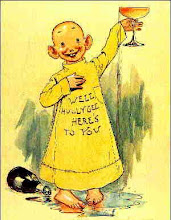
Murals are to the fine arts, what drums are to the musical arts – man’s first instinctive way of creating in that form. A mural is a drawing on a wall, not like graffiti with spray paint, but with natural colours on a cave and then on houses and temples. Similarly, percussion was born out of man’s first tendency to create a sound by banging on a surface. Interestingly both of these can been seen as our natural response to boredom (essentially time when we have nothing else to create/do) as we tap away on the arm of a chair or doodle on a piece of paper.
Drums have always been my pet interest, but I recently learnt about murals, specifically murals of India. It was a lecture that I attended, by a scholar who has been studying Indian art (not modern) and among his favourite areas of interest are the murals to be found in temples of Madhya Pradesh, Maharashtra and Jammu & Kashmir, primarily. Benoy K Behl, his name, and his presentation of photographs of these murals was truly increadible.
The murals depict centuries of beautiful paintings without any authorship, without ego and without agitation. To explain the three, they are not attributed to any particular painters, and are more of a communal school of thought and expression, they don’t depict kings resplendent in their finery but stories of pious acts, and the murals are replete with expressions of gentleness and peacefulness as they point to the divinity of their subjects. It has been said by a few that these are the best examples of human achievements in art, hyperbolic but hopeful. Indeed, a thought to depict the beautiful and delicate feelings like calm, vast oceans is a divine form of art. They celebrate all things material but without attachment, and they celebrate all things spiritual but without detachment.
I cannot express this thought more accurately as I have just begun to explore this subject. But I hope to be drawn deeper and deeper into it and uncover masterpieces without names.
